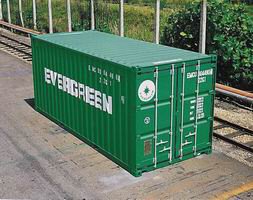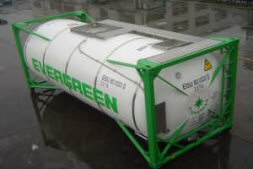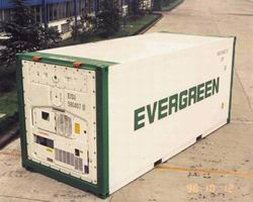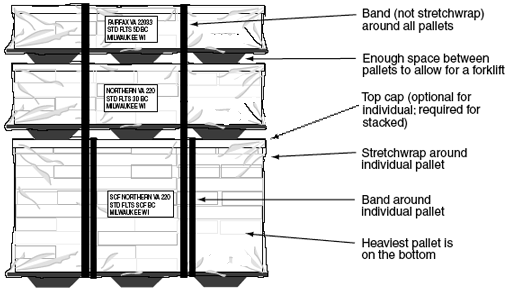|
Most people think that if a cargo hold on a ship is rated at X dtons then that’s how much cargo they can carry. But that is rarely the case. To get even close requires unrealistically high packing efficiencies. Bulk freight (for example) is almost always transported in standard cargo containers. A standard cargo container ‘consumes’ 4 dtons of cargo hold (assuming a standard height ceiling) yet contains at most 2.9 dtons of actual cargo. Further, standard cargo containers have weight limits, so if the cargo has a very high density then the container will not be fully loaded. Additionally, if the cargo is packed in cartons and the internal dimensions of the cargo container are not exact multiples of the carton size then there will be unused space. Smaller cargos may or may not be palletised (mounted on a transport pallet) and if not then they are unlikely to stack. In this situation it is better to look at how much cargo hold floor space is ‘consumed’ by a particular lot or consignment. |
|
| ||||||||||||
|
| ||||||||
|
| ||||||||||||
|
Pallets are flat loading plates that can be picked up by fork-lift trucks. Just about any object can be loaded on it provided it does not overhang: a small engine, a stack of boxed goods, etc. The cargo is then wrapped in plastic and a metal strap secures it. A top cap may be added (if the load has an even top) to allow stacking.
| ||||||||||
 General purpose (dry cargo) container for interstellar use. It is suitable for the widest varieties of cargo. It is fully enclosed and weatherproof, having rigid walls, roof and floor, with one end equipped with doors.
General purpose (dry cargo) container for interstellar use. It is suitable for the widest varieties of cargo. It is fully enclosed and weatherproof, having rigid walls, roof and floor, with one end equipped with doors.
 Liquids container for interstellar use. It is suitable for most liquid and gas cargos. It features a weatherproof cylindrical tank mounted inside an open frame.
Liquids container for interstellar use. It is suitable for most liquid and gas cargos. It features a weatherproof cylindrical tank mounted inside an open frame.
 Refrigerated container for interstellar use. It is typically used for fresh foodstuffs and can maintain an internal temperature of
Refrigerated container for interstellar use. It is typically used for fresh foodstuffs and can maintain an internal temperature of 



